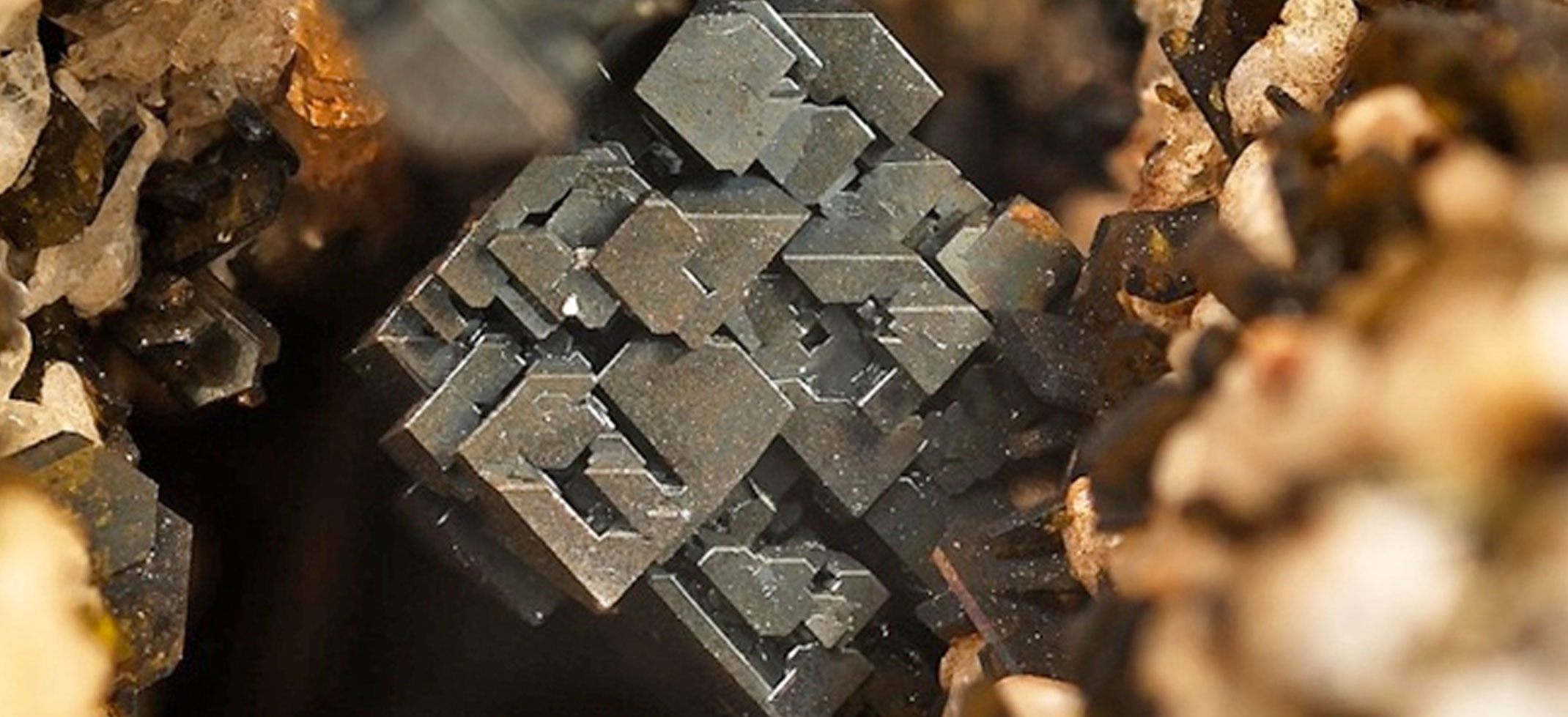In recent years there has been a revolution in the field of new photovoltaic materials. Among these the hybrid organic / inorganic ‘perovskites‘ are able to convert 20% of solar energy into electrical energy. The downside is that they contain lead, material harmful to health and the environment. Now an international team involving the Institute superconductors, innovative materials and devices (Spin-CNR) of L’Aquila in collaboration with the University of Vienna and the North Carolina State University, has taken an important step forward, through a theoretical study computational on ecological perovskites.
The study was aimed to find a sustainable alternative is solar cells made of silicon, whose costs are high because of the complex manufacturing methods, both hybrid perovskites studied so far, cheaper but toxic for humans and for the ‘ environment because of the lead contained in them. In computer simulations, it has been developed a new hybrid perovskite promising in photovoltaics, and not containing lead. Employing these perovskites to convert solar energy into electricity, it would therefore doubly clean energy, on the one hand because solar and, secondly, because it was obtained with a compound not containing lead.
The researchers point out other interesting properties of this material concerning its electronic structure. The structure of these ‘perovskites’ is a hybrid formed by an inorganic part intercalated with organic molecules, which, in turn, possess an electric dipole. The theoretical study shows that these dipoles can be ordered and give rise to an electrical polarization which helps the photo-generated charges to separate, positively influencing the activity photovoltaic, which is thus enhanced.
More information: http://www.heatexchanging.com






